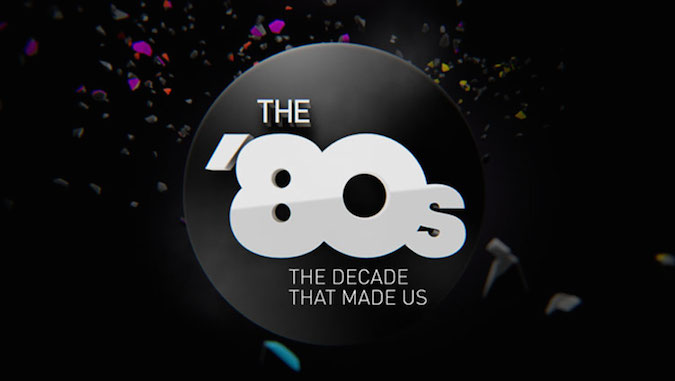
Time flies and sometimes I sometimes forget that not everyone I know has experienced the 1980s consciously. For me, that was the biggest part of my childhood and it means that the songs of cartoons like MASK, Inspector Gadget, He-Man or series like Knight Rider, ALF and The A-Team manage to make me nostalgic. But this decade was, of course, so much more than that and this documentary series by National Geographic takes the viewer through an important period in six episodes, which would form the blueprint for the world today.
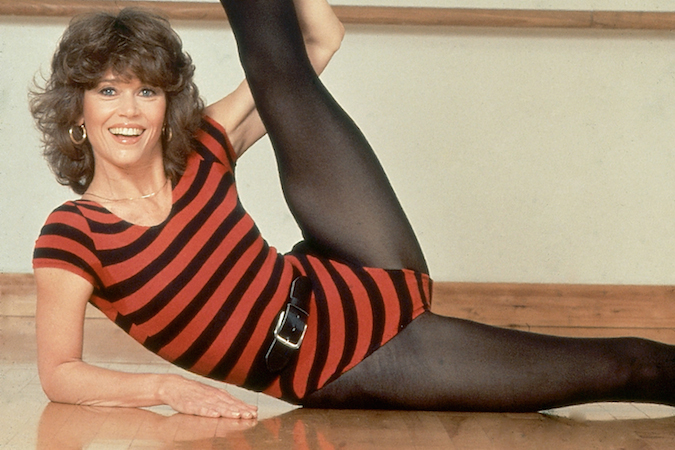
The series has a voiceover of 80s hunk Rob Lowe, who talks about things like the cold war, the phenomenon of the yuppies, the growth of the comsumption society, technological developments such as the video recorder, the influence of drugs and the influence of entertainment. Big stars of that time like Joan Collins, David Hasselhoff, Jane Fonda, Michael J. Fox, Larry Hagman and many others share their experiences.
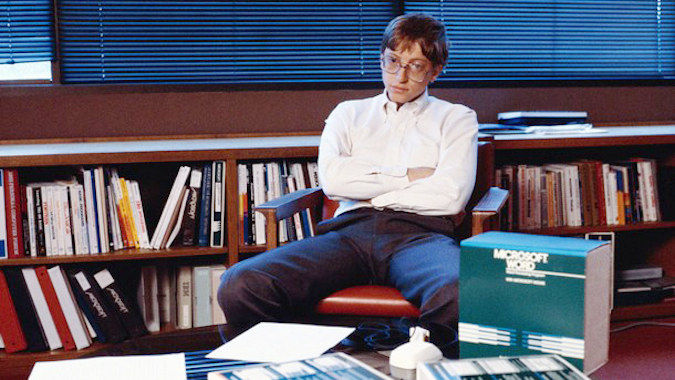
The speed in which the various subjects are shown is very high, so it really is a bird’s-eye view of the various events. A number of which I myself had not heard of before. It managed to inform me about that period. However, it is not a series that you want to watch if you are looking for a lot of insight. I’t s goal is to be entertaining and that it constantly stimulates the viewer. If you yourself, like me, grew up in the period, you’ll have a lot of “oh yes!” moments, which of course is fun.
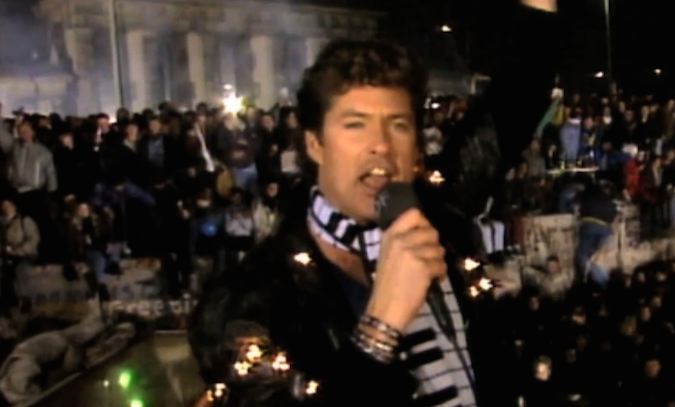
If you are not familiar with this period however, then The 80s: The Decade That Made Us is a nice starting point to get a picture of this period that stood out for its unique style and developments. For older people it will be a trip down memory lane and worth watching if you would like to feel nostalgic.


![]()
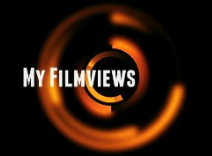
It is so wrong to say if Stanislav Petrov “pressed this button” we would not exist at all” in this trailer. Misleading. Petrov was a hero, who saved the world, and this trailer makes it look like he wanted to bomb the whole world. Besides, he was not in change of pressing any nuclear buttons, his job was to detect the movement of nuclear missiles. Shame on National Geographic for such a statement.